Dresden
On the evening of February 13, 1945, and the night of February 14, Dresden was subjected to several violent bombings by British and American bombers. The bombing of Dresden had since 1942 been preceded by bombings of other German cities where the aim was to, with the technology and conditions of the time, knock out military targets. The British air marshal Arthur Harris (”Bomber” Harris) was the head of the RAF Bomber Command (British bomb command) whose task was to choose targets and carry out the bombing. In 1942, Harris presented a proposal to the British cabinet on strategic bombing aimed at wiping out entire cities.
This was part of the total war in which every aspect of society was touched by the war and there was a hope on the part of Harris (British) that these bombings would be demoralizing for the population. This was (probably) an erroneous assessment because the German bombing of British cities carried out for the same purpose had rather the opposite effect. Harris was also known not to be hindered by any moral scruples concerning civilian casualties and the cultural heritage lost by the bombings. Hamburg was violently bombed by British and American bombers in July 1943 and more or less wiped out the city, killing more than 40,000 of its inhabitants. All major German cities were bombed intensively but with varying consequences.
The medieval and cultural-historical city of Dresden had until February 1945 been spared from bombing because the city was not considered to be of industrial importance to the German armed forces. The city also became a refuge for refugees who came there from Breslau (now Polish Wroclaw). But both British and American assessments nevertheless considered that the city at this stage of the war vital for the German war effort, perhaps not industrially but well logistically as an important hub. But warnings also came from observers that the city was full of refugees and a disaster was to be expected if Dresden was to be bombed. They felt that the military gains could not outweigh the civilian losses a bombing raid would entail. But Churchill and the cabinet still thought Dresden was worth bombing and the green light was given.
The first of four bombing raids was launched by British bombers late in the evening of 13 February 1945. A second British raid was carried out three hours later, a third and fourth raid was carried out by American bombers on the 14th and 15th. A total of about 1,300 bombers participated, which together dropped about 3,900 tons of bombs. The firebombs that were dropped created an inferno of firestorms with temperatures upwards of 1500 degrees that destroyed everything in its way. As a result, Dresden was completely destroyed at the cost of some 25,000 civilian casualties. Thousands of them in shelters unable to withstand the heat. Other analysts believe that the figure is significantly higher than that and an exact figure will probably never be ensured. After the bombings, severely burned bodies were collected in piles and cremated. Others were taken to Heide cemetery in the northern part of the city where they were buried in mass graves.
Current status: Rebuilt with monument/cemeteries (2012).
Address: Frauenkriche: An der Frauenkirche, 01067 Dresden. Heide kyrkogård: Moritzburger Landstrasse, 01129 Dresden.
Get there: Walk from central Dresden and car to the Cemetery.
Follow up in books: Taylor, Frederick: Dresden: Tuesday, February 13, 1945 (2005.
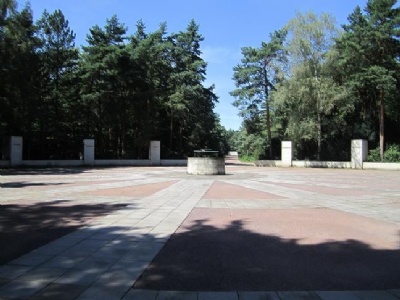

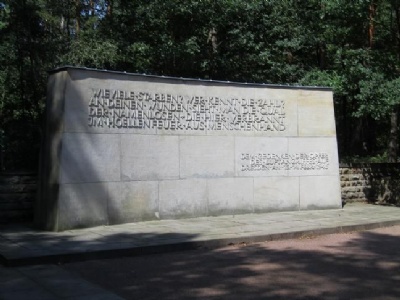

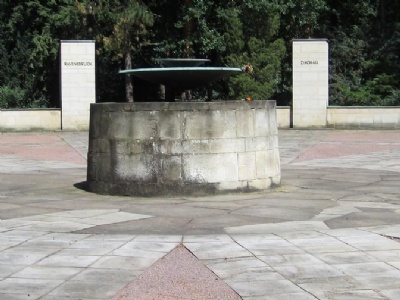
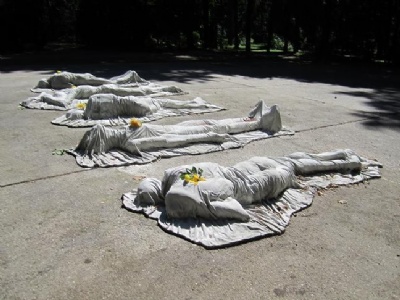
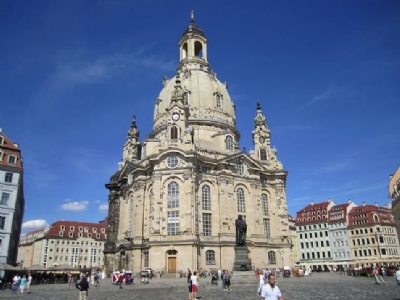

After the war, Dresden was rebuilt with the exception of the city’s perhaps most famous building, Frauenkirche, and the reason may have been political. After the war Dresden ended up in communist East Germany and the preservation of the ruins may have been a response to the British decision to preserve the ruins of Coventry’s cathedral as a national symbol of the german the bombing of British cities in 1940. The ruins of the Frauenkirche would, at a time of a polarized world, show that the western world, like the Nazis, was capable of bombing cities without regard to the consequences. After the unification of Germany, a collection began to rebuild the Frauenkirche. Reconstruction began in 1994 and was finally completed in 2000. Partly, the church has been rebuilt with original materials that have been stored since the end of the war in case the city would be rebuilt.
The bombing of Dresden is also brought up when one talks about the bombings of Guernica in 1937 and of Hanoi in Christmas 1972. The controversial thing about Dresden is whether it was really justified to use such conscious force and devastation at the stage of the war when it was still only a matter of time before Germany was defeated. Add to that the city’s cultural-historical values, which were completely destroyed. The bombing can also be seen in serious circles as a war crime where the instigators were fully aware of the consequences of the bombing. These arguments have also been used by right-wing extremists for their own political purposes as proof that the allies deliberately aimed to kill German civilians (Bombenholocaust). But an important difference between serious researchers and far-right representatives is that the former do not have a political agenda while the latter has. For these far-right groups, Dresden is used as a counterweight to Nazi war crimes.
Another example of how controversial the bombing of Dresden was is the memorial monuments found at the Heide cemetery where thousands of the bomb victims are buried in mass graves. To establish a monument to the bomb victims where the Nazi victims were left out was unthinkable. Such a memorial could become a symbolic place for the crimes of the allies against the German people and could be used as a counterbalance to the crimes of Nazism. At the mass graves, there is a monument that specifically honors and commemorates the bomb victims of February 13 and 14, 1945. However, to get to this monument, the visitor must pass another monument. This is a circular monument consisting of fourteen pillars where each pillar bears the name of a place. Dresden is one of the places but the other places are inevitably linked to the crimes of the Nazis, Coventry, Rotterdam, Warsaw, Leningrad, Lidice, Oradour, Bergen-Belsen, Ravensbruck, Theresienstadt, Dachau, Sachsenhausen, Buchenwald and Auschwitz. On the ground, there are also reddish triangular stone formations that give associations to the triangles that prisoners in the concentration camps wore. For those who want to honor Dresden’s victims, whatever the reason, should also be reminded of the victims of Nazism.